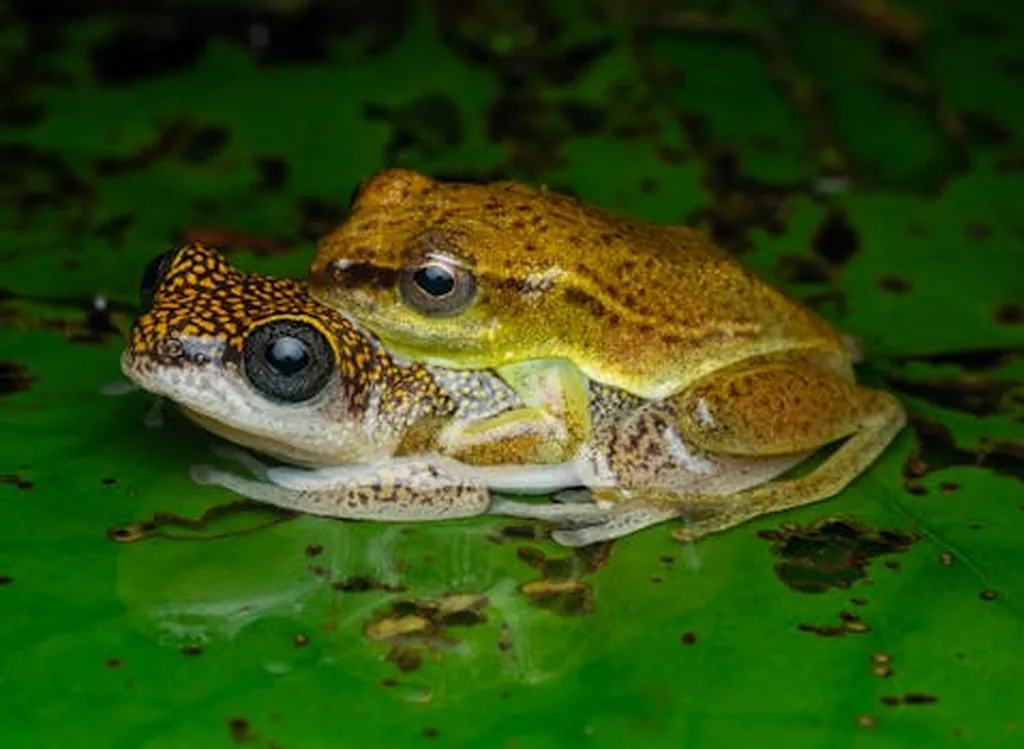In the heart of Nigeria, a groundbreaking study is shedding light on innovative ways to tackle a pressing global issue: water scarcity and pollution. The research, led by Shadrach A. Akadiri from the Department of Agricultural and Bioresources Engineering at the Federal University of Agriculture, Abeokuta, focuses on the use of constructed wetlands to treat aquaculture wastewater, offering promising solutions for the agriculture sector.
The study, published in the journal ‘Biology’, investigates the effects of hydraulic retention time (HRT), seasonal variations, and treatment plants (TPs) on the removal efficiency of pollutants from a vertical subsurface flow constructed wetland (VSSF-CW). The findings are nothing short of remarkable. “We found that these constructed wetlands effectively removed contaminants, with significant differences observed in the effects of treatment plant types and seasons on the chemical and heavy metal concentrations,” Akadiri explained.
The research spans three seasons, with samples collected at 7-day intervals for analysis. The aquaculture wastewater was scrutinized in the laboratory to determine its chemical and toxic compositions before and after the introduction of treatment plants. The results were analyzed using three-way ANOVA to understand the main and interactive effects between HRT, seasons, and TPs on the physicochemical properties of the CW’s effluents.
The implications for the agriculture sector are substantial. The study found that removal efficiencies increased with longer HRTs, reaching peak removal efficiencies of approximately 69% for sodium, 67% for potassium, and 61% for calcium. Biological Oxygen Demand (BOD) and Chemical Oxygen Demand (COD) reached impressive removal efficiencies of 85% and 90%, respectively. Most notably, a 100% removal efficiency was achieved for heavy metals at a 21-day retention time.
“This research opens up new avenues for sustainable wastewater management in the agriculture sector,” Akadiri noted. “By optimizing HRT, selecting appropriate treatment plants, and considering seasonal variations, we can significantly enhance the efficiency of constructed wetlands in treating aquaculture wastewater.”
The study’s findings could revolutionize how farmers and agritech companies approach wastewater treatment, leading to more sustainable and environmentally friendly practices. As the world grapples with water scarcity and pollution, this research offers a beacon of hope, demonstrating the potential of phytoremediation and constructed wetlands in addressing these critical challenges.
The research not only highlights the importance of treatment plants like Phragmites karka and Typha latifolia but also underscores the need for further exploration into the interplay between HRT, seasons, and treatment plant choice. As the agriculture sector continues to evolve, such innovative solutions will be crucial in shaping a more sustainable future.
In the words of Akadiri, “This is just the beginning. The potential for further research and development in this field is immense, and we are excited to see how these findings will influence future practices and technologies in the agriculture sector.”

